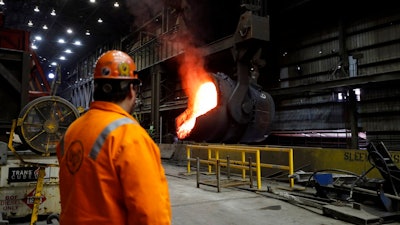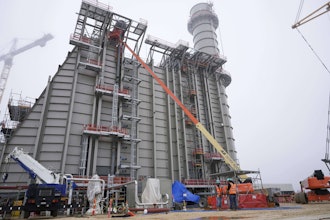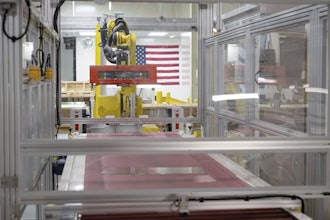
WASHINGTON (AP) — American factories expanded at an unexpectedly fast pace in June, another sign of strength for U.S. industry. But U.S. manufacturing will have to contend in coming months with uncertainty over trade and a strengthening dollar.
The Institute for Supply Management, a trade group of purchase managers, says its manufacturing index rose last month to 60.2. That's the highest level since February and up from 58.7 in May. Anything over 50 signals growth, and U.S. factories are on a 22-month winning streak.
Production and new export orders grew faster in June. Hiring and new orders overall grew, but more slowly than they did in May.
Seventeen of 18 manufacturing industries reported growth last month, led by textile mills and makers of wood products.
Factories registered growth despite shortages of labor and material, said Timothy Fiore, chair of the ISM's manufacturing survey committee.
But survey respondents expressed worries about the Trump administration's trade policies. The United States has slapped tariffs on imported steel, drawing retaliatory taxes from the European Union and Canada, among others. Moreover, an uptick in the value of the dollar against other currencies risks making U.S. goods more expensive in foreign markets.
"For now at least, the strength of the domestic economy is more than offsetting any increased uncertainty on trade policy," Michael Pearce, senior U.S. economist at Capital Economics, wrote in a research note. "However, with the dollar appreciating by 6 (percent) since April, global growth slowing and retaliatory tariffs just beginning to bite, the sector looks unlikely to fare so well for long."






















